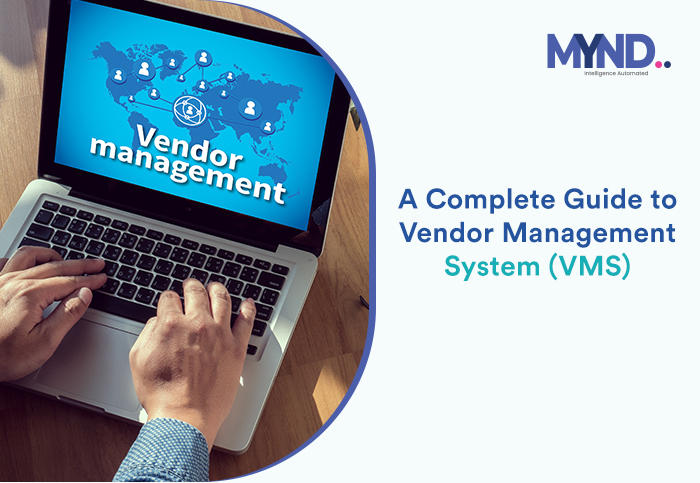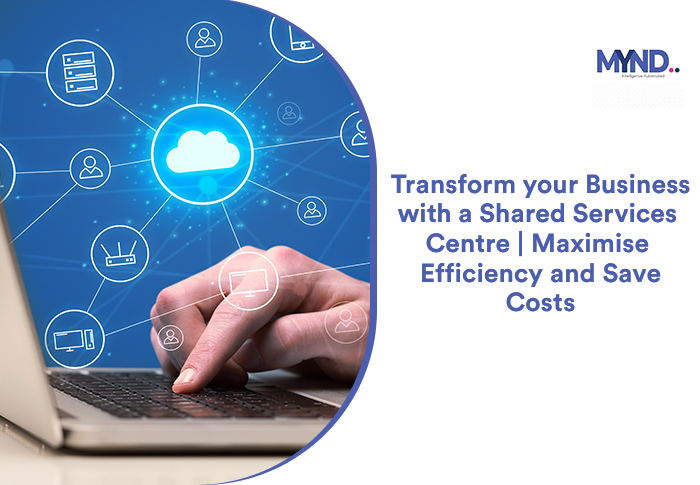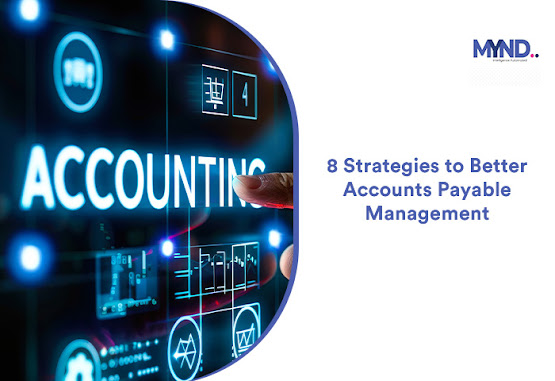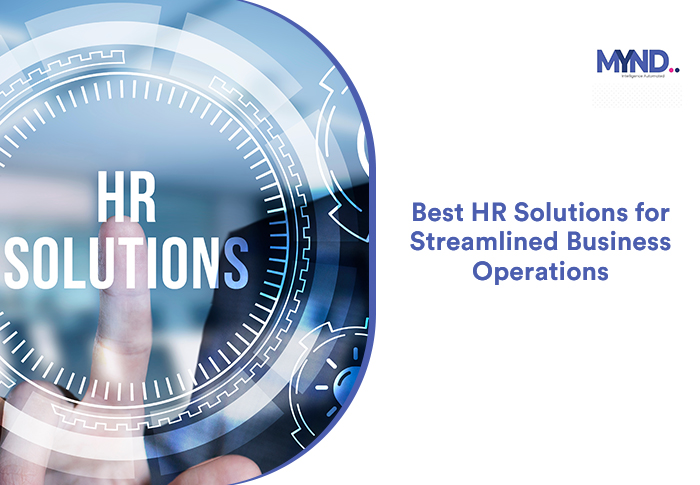A Complete Guide to Vendor Management System (VMS)
Vendor management is a systematic program to assist businesses in managing their suppliers or vendors and enhancing the influence of their vendors on the businesses of their customers. The process of managing vendor deliverables entails working with them to develop new procedures as well as ensuring compliance. Companies can increase the value of their outsourcing operations with the aid of effective vendor management services.
The importance
A business can control costs, reduce potential risks connected with suppliers, ensure high deliverable standards, and gain long-term benefits from vendors by using the vendor management solution. A company's ability to manage its vendors is essential to its success. It facilitates quicker vendor onboarding, aids in risk detection and mitigation, improves vendor performance, optimizes costs, and boosts process effectiveness.
The process
Businesses that work closely with partners and suppliers gain long-term value with the least level of risk. In order to do this, a few significant vendor management process phases that are a part of the fundamental structure that most vendor management systems adhere to are provided below:
Defining business objectives and selecting vendors: The business goals that require vendor participation must be identified and developed prior to starting the vendor management process to ensure that the chosen vendors follow them. The company's demands and objectives serve as a framework for setting and guiding vendor expectations. As a result, while selecting a vendor and signing a contract, businesses save a lot of time and money.
Evaluating risks and negotiating contracts: Rather than being a one-time exercise, risk assessment is an ongoing process. All vendor-related risks, particularly functional, compliance, and financial ones, are consistently identified and assessed by the company at every level of the vendor management process. Companies examine suppliers' business objectives and strategies to establish a win-win situation and secure a contract agreeable to both sides for mutual gain, especially with vendors that are essential to corporate operations.
Risk mitigation and monitoring : Organizations carefully examine the internal and external environments after assessing the risks because the dangers are always changing. Businesses monitor suppliers' compliance with service contracts, key performance indicators, legal and regulatory requirements, data security standards, and other contractual stipulations. They assess the efficiency of the controls already in place and make the necessary adjustments to reduce risks.
The advantages
With a clear vendor management system procedure, businesses may achieve their goals and improve company results. Here are a few benefits of a productive vendor management software:
Boost vendor choice and secure cost savings: A vendor management system enhances vendor visibility and selection. This makes it simpler for businesses to uncover hidden costs, bargain with suppliers for lower prices, take advantage of savings from shipping and transportation, and cut lead times to ensure products reach markets quickly, all of which contribute to long-term cost savings and increased profits over time.
Accelerated vendor onboarding: Complete supplier data, including bank information, capability information, resource availability, and compliance, is immediately imported into the system for faster and error-free approvals and vendor onboarding. A strong supplier onboarding procedure can greatly raise the company's output of goods, opening up new prospects, boosting margins, and boosting profitability.
Lowering the potential for supply chain disruption: The vendor management system provides centralized information on the holdings, facilities, and locations of suppliers. The supply chain team can remotely manage vendor information and continuously monitor vendors with the help of a vendor management system. Utilizing a vendor management system, businesses may assess their internal and external vulnerabilities and work to strengthen them to prevent supply chain disruptions.
Boost supplier ties and bargain for lower prices: The process of changing vendors costs time and money. Therefore, it is crucial for a firm to establish strong relationships with strategic vendors. Businesses understand that constant communication with vendors may enhance vendor performance, lower vendor risks, and even aid in pricing negotiations. Based on a vendor's performance, analysis of data with vendor management systems allows organizations to negotiate better contract conditions.
The challenges
For firms, the vendor management process includes both benefits and drawbacks. When creating a vendor management process, the following issues should be taken into account:
Intricate vendor and digital ecosystem: If there are hundreds of vendors, it is challenging for a company to efficiently handle them all. A cyber ecosystem helps businesses manage numerous contracts, deadlines, quality, compliance, and invoicing issues more easily. The buying organisation becomes the centre of a digital ecosystem created by the vendor management solution, connecting digitally with its vendors' systems and leaving itself open to cyberattacks.
The availability of enough internal resources and data theft: Many companies lack the personnel and knowledge required to oversee their vendors and the corresponding strategic vendor relationships, which negatively affects their financial situation. As a result, enough internal resources are essential for risk management and company expansion. Data is important, but there is always a chance of leakage in a cyberecosystem. As all corporate operations are conducted online, defending against cyberattacks and data breaches is the biggest challenge.
Adherence and support from the top-down: Vendor management cannot be a strategic business practice without the backing of top management. This is due to the fact that when the demands for establishing vendor management systems increase and proliferate, more resources are required, whether in the form of services and support, digital innovations, personnel, or all of the above.
Numerous risk elements and hefty administrative expenses: No matter how comprehensive a vendor management approach is, risks still exist. Regardless of when the vendor relationship has ended, the role of vendor management involves a significant amount of risk analysis, planning, and mitigation. Investing in the right personnel, procedures, and equipment is expensive. Therefore, there are significant administrative costs associated with putting in place an effective vendor management system.
Bottomline
In
the contemporary global environment, where the limits of proximity and trade
are continuously disappearing, organizations must interact with vendors from
all over the world. It is crucial to have an effective vendor management system
and follow vendor management best practices because suppliers' performance ultimately
affects the organization. On-time vendor payments help to improve the business
connection, which results in improved supply chain management and more
effective negotiations. With Mynd's PEARL, you can automate and modify your AP
process to guarantee vendor satisfaction.




Comments
Post a Comment